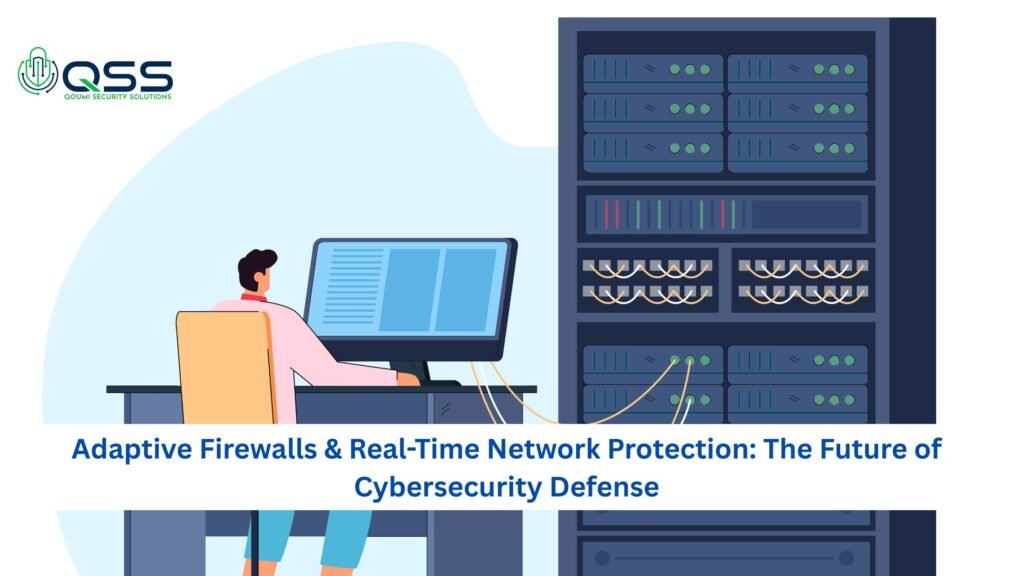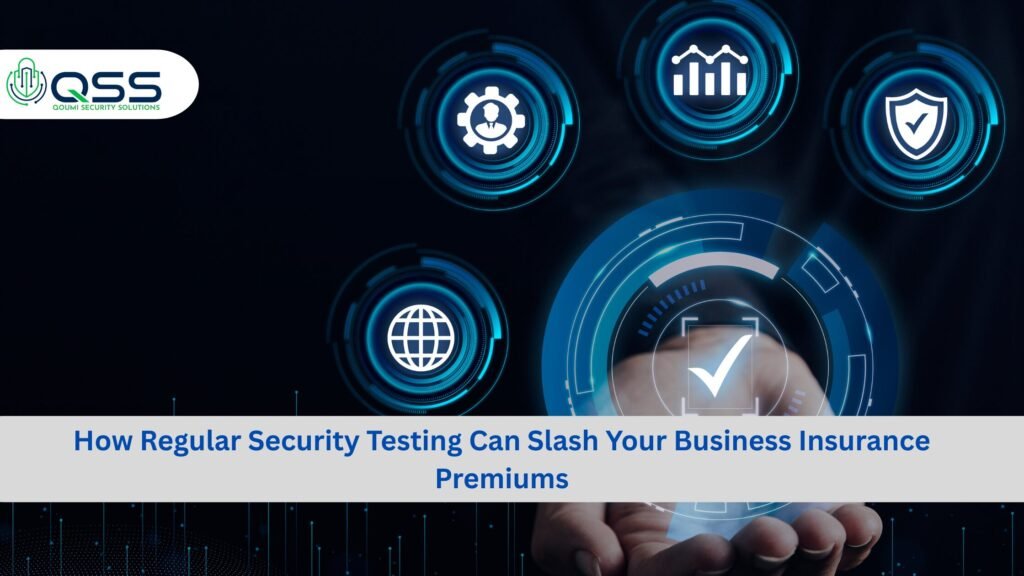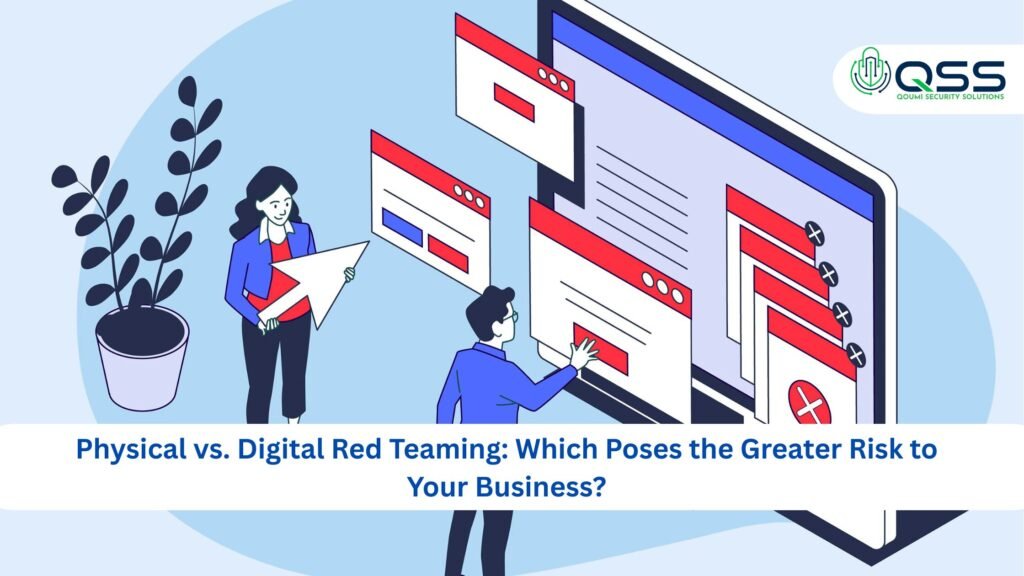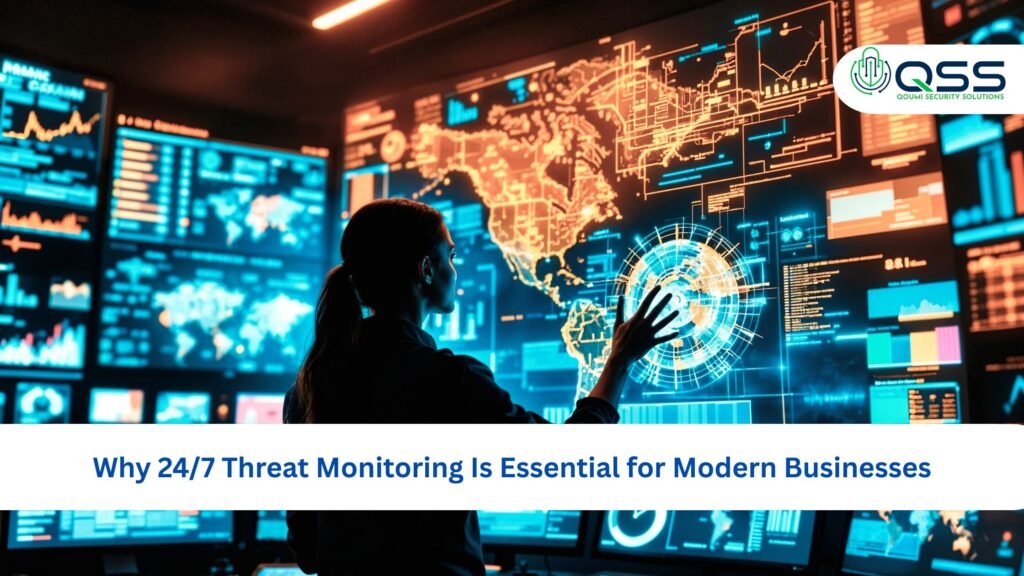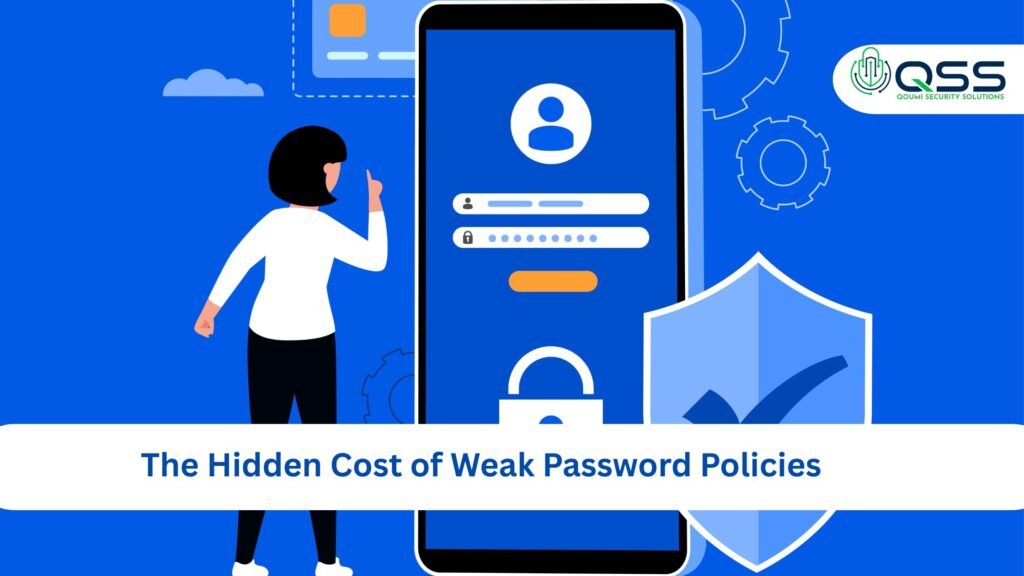Single Blog
Strengthening Security with Vulnerability Management: What You Need to Know
Strengthening Security with Vulnerability Management: What You Need to Know
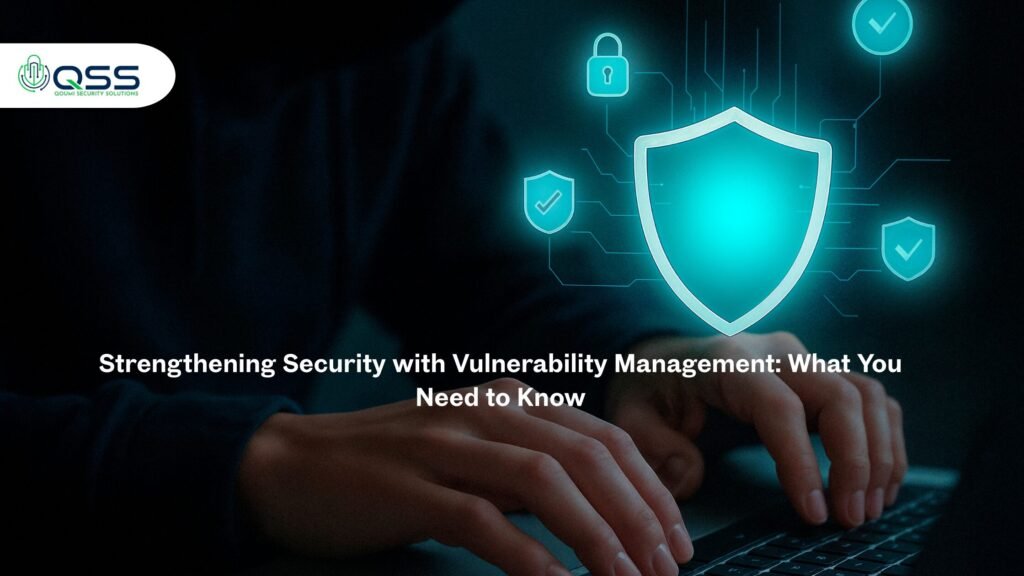
As cyberattacks become more sophisticated and relentless in 2025, vulnerability management has emerged not just as a technical requirement but as a strategic imperative for organizations. It’s about more than just running scans—it’s a continuous, proactive approach to identifying, prioritizing, and fixing security weaknesses before attackers can exploit them.
This comprehensive guide dives into what vulnerability management entails today, why it is critical, essential best practices, and how partnering with a trusted security company like QuomiSecurity can elevate your defenses for the future.
What is Vulnerability Management?
Vulnerability management is the ongoing process of identifying, assessing, prioritizing, and mitigating security gaps in software, hardware, and networks. Unlike a one-off security measure, effective vulnerability management involves continuous scanning and monitoring combined with risk-based remediation strategies.
The goal: reduce the attack surface, strengthen your security posture, and stay ahead of ever-evolving threats that could otherwise lead to breaches, data loss, or regulatory penalties.
The Increasing Importance of Vulnerability Management in 2025
Cyberattacks Are Becoming More Complex
Ransomware, zero-day exploits, remote code execution, supply chain attacks—the cybersecurity landscape is rapidly growing more daunting. Attackers use automation and AI to scan for vulnerabilities at scale, hitting companies that may overlook obscure or newly introduced weaknesses.
Expanding Technology Environments
Modern organizations operate across hybrid environments: on-premises, multi-cloud, containers, SaaS, and IoT devices. This complexity naturally creates blind spots where critical vulnerabilities can hide.
Compliance and Regulatory Pressure
Strict regulations like GDPR, HIPAA, PCI-DSS, and new SEC cybersecurity mandates mean organizations must prove effective vulnerability management is in place to avoid heavy fines and protect consumer trust.
Building an Effective Vulnerability Management Program
1. Asset Discovery and Inventory: Know What You Own
You can’t protect what you don’t know exists. Establish a continuously updated inventory of all assets—physical servers, cloud instances, applications, network devices, and endpoints.
Automated tools scan networks and cloud environments regularly to discover new or changed assets, ensuring no device or service slips under the radar.
2. Regular and Comprehensive Vulnerability Scanning
Schedule automated vulnerability scans across internal and external assets, authenticated and unauthenticated. Scan often and before new deployments to identify issues as early as possible.
Scans should cover all layers: network, operating systems, applications, databases, and third-party components.
3. Risk-Based Prioritization: Focus on What Matters Most
Not all vulnerabilities are equally dangerous. Prioritize remediation based on severity scores (e.g., CVSS), asset criticality, exploitability, exposure to the internet, and active threat intelligence indicating if the vulnerability is being targeted.
This focused approach ensures limited resources are spent fixing issues that actually present the highest risk.
4. Patch Management and Remediation Workflows
Identify who owns remediation for particular vulnerabilities—whether IT, developers, or third-party vendors—and enforce accountability.
Automate patch deployment where possible to speed fixes while tracking progress and verifying effectiveness with follow-up scans.
5. Continuous Monitoring and Reassessment
Vulnerability management isn’t “set and forget.” As new vulnerabilities emerge daily and environments change constantly, continuous monitoring combined with regular re-assessments is essential.
Verification through manual penetration tests or red team exercises complements automated detection.
6. Leveraging Threat Intelligence
Use real-time threat intelligence feeds that highlight vulnerabilities currently being exploited “in the wild.” This insight allows your team to expedite response to high-risk issues and stay ahead of threat actors.
7. Foster Collaboration and Clear Governance
A successful program requires clear goals, defined roles, and open communication between security, IT, development, and executive teams.
Track KPIs like Mean Time to Remediate (MTTR) and SLA compliance to ensure accountability and measurable progress.
Best Practices to Enhance Your Vulnerability Management
- Align Priorities with Business Impact: Focus on protecting mission-critical assets first.
- Automate Workflows: Use platforms that integrate discovery, scanning, prioritization, ticketing, and verification.
- Integrate with DevOps: Shift-left security by embedding vulnerability checks early in development pipelines.
- Train Teams Regularly: Keep teams aware of latest tactics and responsive to new risk.
- Use Modern Tools: Choose solutions offering unified visibility, real-time exploit detection, and flexible deployment (agentless, agent-based, or hybrid).
- Continuously Improve: Regularly review program effectiveness through audits and KPIs.
The Technology Landscape: What 2025 Vulnerability Management Tools Offer
Today’s vulnerability management platforms have come a long way from simple scanners. Leading solutions provide:
- Unified Asset Visibility: Covering cloud, on-premises, container, endpoint, and third-party environments in real time.
- Risk-Based Prioritization: Contextualizing vulnerabilities using factors like exposure, threat intelligence, business impact.
- Automation & Orchestration: Integrating remediation workflows directly with IT service management, patching systems, and development tools.
- Exploit Detection: Real-time alerts on active attacks linked to specific vulnerabilities.
- Scalability & Collaboration: Multi-cloud support, role-based access, and integration with communication tools.
How Quomi Security Can Strengthen Your Vulnerability Management
Navigating vulnerability management challenges and selecting the right security posture can be daunting. This is where QuomiSecurity excels as a strategic partner.
QuomiSecurity offers comprehensive vulnerability management services tailored to your organization’s unique needs. Their experts combine cutting-edge scanning technology, real-time threat intelligence, and automated workflows with hands-on guidance to accelerate detection, prioritization, and remediation.
More than a service provider, QuomiSecurity becomes part of your team—helping you:
- Maintain continuous asset discovery and vulnerability assessment
- Implement risk-based prioritization for efficient resource allocation
- Automate patch management and remediation tracking
- Integrate vulnerability management with incident response
- Build a security-aware culture through training and user engagement
- Stay compliant with evolving regulatory landscapes
With QuomiSecurity, your organization gains a resilient, scalable, and efficient vulnerability management program that reduces risk while enabling business growth and innovation.
Final Thoughts
In a world where cyber risks grow more dangerous every day, vulnerability management is your frontline defense. It’s not just about finding security holes—it’s about creating a continuous, risk-aware process that protects your critical assets, users, and reputation.
By adopting the right tools, following best practices, and partnering with experienced experts like QuomiSecurity, you can transform vulnerability management from a technical challenge into a strategic advantage.
Start today—because in cybersecurity, waiting is never an option. Secure your future by building a stronger, smarter, and more proactive vulnerability management program now.
